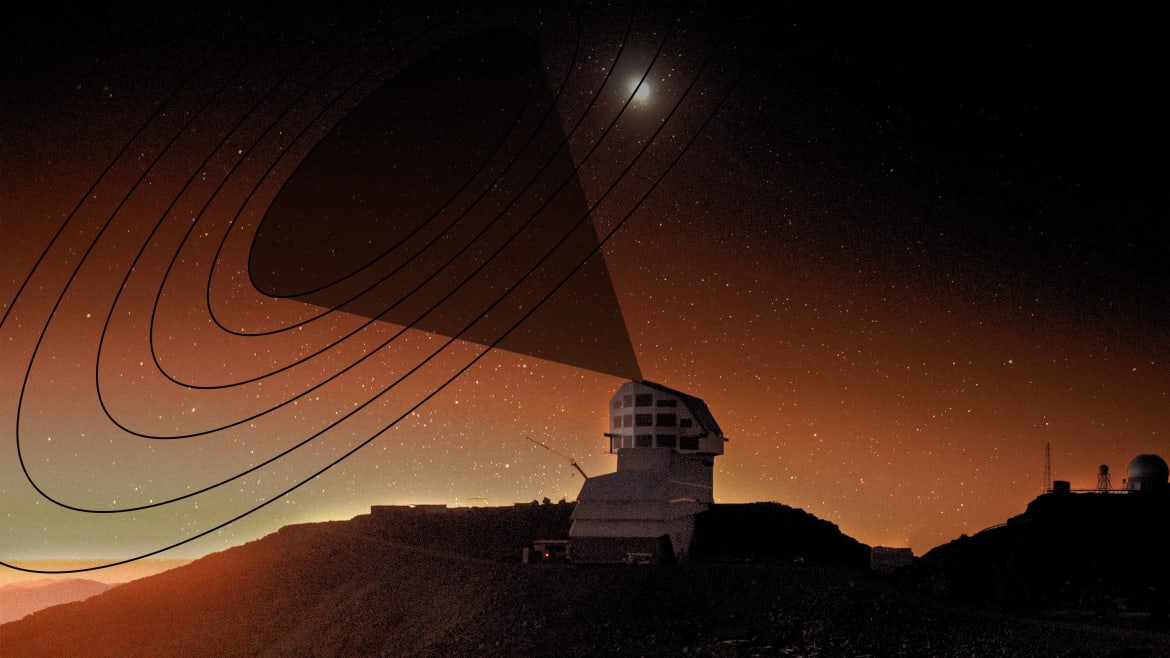Photo Illustration by Erin O’Flynn/The Daily Beast/Getty Images and Rubin Obs/NSF/AURA
NASA’s James Webb Space Telescope was a huge boon to space science when it launched into orbit on Christmas Day last year. But the $10-billion JWST, for all its amazing capabilities, only sees a small sliver of the sky at a time—and only in a particular spectrum. The infrared spectrum.
That’s why scientists are so excited by the next big thing in giant telescopes. The Vera Rubin Observatory, perched atop an 8,900-foot mountain peak in northern Chile, is on track for completion in late 2023. The U.S. National Science Foundation has poured $300 million into the observatory’s construction since 2007. Private investors have also contributed.
The Rubin Observatory’s 28-foot-diameter telescope and 3.2-gigapixel camera see a huge swathe of the sky in the optical spectrum. Basically, the same part of the spectrum we see with our own eyes.

